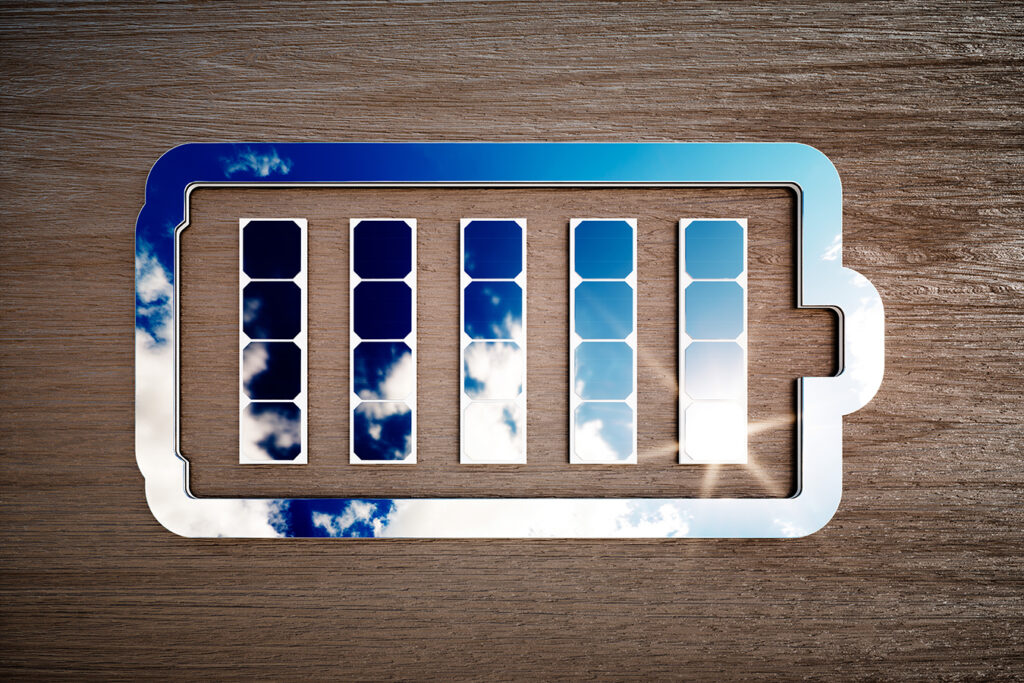
Renewables: From Power Generation to Power Management
Power generation and power management are both going strong. But over the last 10+ years, I’ve seen a shift from generation to storage. Energy storage solutions are in demand as renewable sources integrate into the electrical grid, which is creating more supply than the aging transmission lines can handle. Now that we’re becoming less reliant on oil and gas power generation and moving into renewables, I see energy storage and power management as the top priorities.
Shifting to Energy Storage
Metro Consulting Associates (MCA) began work in renewables back in 2010 with wind; that was our sweet spot. Five years later, we morphed when interest shifted to solar as wind tax credits, and wind projects, shrunk. Solar became more attractive based on the market and the price per kW/hour. Over the past five years, most of our wind energy clients have shifted to solar for three reasons:
1) Speed to market as solar farm development takes about 18 months compared to 4-5 years for wind
2) Economies of scale
3) Less project acreage means less landowners to manage
The need for power storage is there. Just in the last few months, we’ve completed over a dozen energy storage projects. But there’s a problem—substations and transmission lines are at capacity, limiting the ability to manage and store the increase in available energy.
Fact: The US has more than 750 GWac of electricity generation capacity in the queues, and 90% of that is clean energy-related…solar and solar + battery dominated new capacity in 2020.
pv magazine
Solar Site Development
Typically, our solar site projects are anywhere from 5,000-7,000 acres, where wind projects range from 20,000–40,000 acres. Solar’s smaller footprint gives more flexibility in site location. Most of our storage projects are built within a one- to two-mile radius of an existing substation that’s near capacity. Co-locating these assets makes it much easier to move power into the grid once the substation is upgraded.
Regulatory Watch
According to the Solar Energy Industries Association (SEIA), nearly 10,000 solar projects over 1 MW are in operation or development across the US, driving action from state and federal regulatory agencies. For example, in Colorado, SEIA and the Colorado Solar and Storage Association just submitted a joint request to the Public Utilities Commission to clear up confusion on interconnection rules and make it faster and easier to connect solar and storage systems to the grid.
Grid Capacity
Grid instability has been an issue going back even 10 years ago. With the big shift from oil and gas to renewables, people weren’t considering transmission lines and the status of the grid. Utilities planned on managing existing energy loads; they hadn’t planned for a surge in renewables. Like our gas lines, water lines, and sewer infrastructures, most transmission lines lack the capacity for additional resources that want to converge. Grid capacity is a big driver of new utility projects today. States with renewables portfolios must make sure their power grids can take on these projects to realize a return on investment.
Fact: The Biden administration set a goal of a 90% clean power grid by 2035. To reach that goal, power management, transmission systems, and energy storage technologies must scale up to meet capacity from renewables.
Microgrids
We’ve been focused on utility-scale projects, but this year there’s an uptick in smaller developers looking to co-locate on buildings and multifamily complexes looking to build microgrids. In our work in the southeastern US, disadvantaged communities are trying to establish the microgrid as a renewable energy source.
In the power and energy sector, our team helps with difficult entitlements, getting through the approval process with the local municipality, and coordinating discussions and negotiations with utility partners. Since we are a vendor for several utilities, we have relationships that communities can leverage. We help guide clients through the Zoning Board of Appeals or special-use permitting since existing ordinances don’t include approvals for battery or storage projects.
We’ve done over 60 wind, solar, and battery storage projects, so we’ve seen our customers face tough challenges like site constraints, navigating state and local approvals, and interconnection issues. That’s where we come in—to minimize risk on projects like these:
GA Solar 4, GA

- Largest solar power plant in the southeastern U.S.
- 2,000 acres
- 200 MW AC photovoltaic solar generation asset
- Land surveying
x
State to Pioneer T-Line, MI

- 3-mile double-circuit 120kV transmission line
- Project increased electric capacity and reliability
- Land surveying
- Ecological services
- Civil engineering
x
Polaris Wind Energy Center, MI

- 40,000 acres
- 68 turbines generating 168 MW
- Balance of plant design
- Ecological services
- GIS
- Land surveying
Our civil, survey, and planning teams help with pre- and post-construction services like site selection consulting to minimize impacts, permitting assistance, balance of plant (BOP), and documentation for asset management needs. Let’s work together to help grow our nation’s clean energy footprint while improving grid reliability. Contact us.

Stay connected!
Subscribe to News + Ideas

